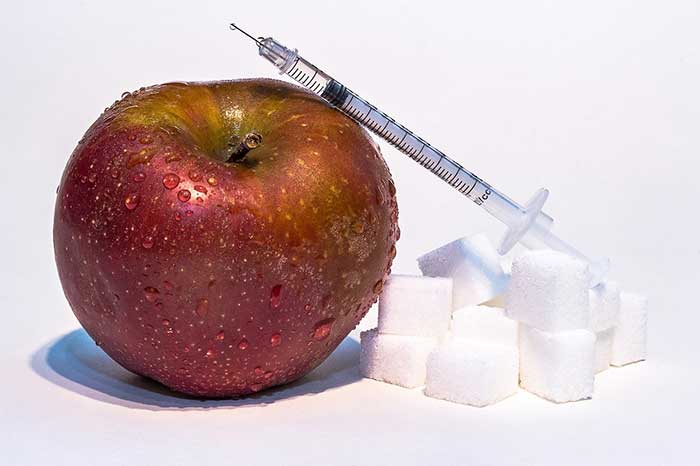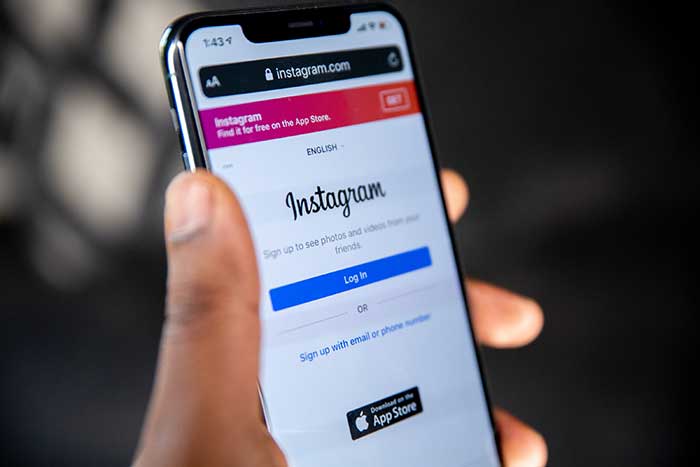
With more than 400 million people all over the globe living with it, diabetes is one of the most prevalent diseases in the modern world. Characterized by increased blood sugar levels, the disease’s main function is rendering the body either insulin resistant or unable to produce an adequate amount of the glucose regulating hormone.
There are two central types of the disease: type one, whereby the sufferer is born with an insulin-deficient pancreas, and type two, whereby the sufferer becomes resistant to insulin over time. Both have a profound and lasting impact on the individual’s life and well-being, and will eventually permanently harm their heart, blood vessels, eyes, kidneys, and nerves. Type two is by far more common and usually comes on later in life, rather than from birth or early childhood.
For this reason, there are several telltale signs of type two diabetic onset. If you know what to look for, you can easily spot the markers of budding diabetes. If you pay attention to what’s going on, inside, outside, and down below in your body, you may recognize the onset of diabetes much earlier than you otherwise would. Read on to find out how!
Keep Track of Your Intake
When sussing out sneaky symptoms, it’s important to know where to focus your energies. Diabetes often manifests in three big ways, termed the three “P”s for their scientific names. These are excessive thirst, urination, and noticeably increased appetite- especially after eating. The reason for this is simpler than it appears, and it all boils down to glucose levels. When glucose levels in the blood get too great, they are filtered out by kidneys and excreted via your urine. All of this loss of water understandably results in dehydrating. On top of it all, hunger levels increase when the body’s natural processes for transporting glucose from the blood to the cells get disrupted. This can all also lead to weight loss. So, more clearly stated, if you are dealing with frequent urination, constant dehydration, or noticeably increased appetite, it may be time to schedule that doctor’s appointment you’ve been putting off.
Look at Libido
Interestingly enough, some of the lesser-known early symptoms of diabetes have to do with sex drive and performance. Though this area is often kept a little quieter, it is just as easy to recognize. One of the most obvious signs displayed when dealing with the onset of diabetes is a loss of libido, and in men, decreased testosterone levels and even erectile dysfunction. Not only can nerve damage result in a disappointing loss of sensation (thus creating a much lower sex drive), but many conditions regularly associated with diabetes, such as obesity and depression can play a role in erectile dysfunction. If you are a man experiencing an onset of any of these sexually related symptoms, specifically in conjunction with anything else on this list, diabetes could be a disease to get ruled out by a medical professional at your next check-up.
Pay Attention to Your Skin
This might be something you do already, but keeping an eye on your skin can have more than just aesthetic benefits in the long term. A common side effect of being diabetic is experiencing wounds or sores that are slow to heal. There are a plethora of reasons why diabetics experience slow healing times, however, a central component is the restriction of blood vessels and subsequent slowing of blood circulation. This slowdown prevents crucial compounds like oxygen and other nutrients from reaching their destinations on time- resulting in a drastically reduced healing quickness and efficacy. Additionally, dark skin patches found on or near your groin, armpits, or neck can be caused by having excess insulin in the blood. Now that you know what to look for, and where to look for it- don’t think twice about staring at the mirror or inspecting your most recent scrape. A routine morning ogle might spark the recognition of serious symptoms.
When it comes to bodily health and well being, there is really no room or reason to compromise. If you can successfully identify and respond to early signs of diabetes, you can effect change in your life and ensure you’re getting the medical advice and treatment required. Being aware of what’s going on inside and outside of your body will prevent any misdiagnosis and mitigate further organ damage, provided the correct steps are taken. That’s why being able to quickly recognize early diabetic symptoms is so important.
Take control of your health with the power of observation, and calm any concerns you may have about the potential impacts of experiencing diabetic symptoms. From internal to external factors, a lot is going on with your body on a good day. Understanding the difference between medical red flags, and bodily regularities will give you the confidence you need to address any issues straight away.


